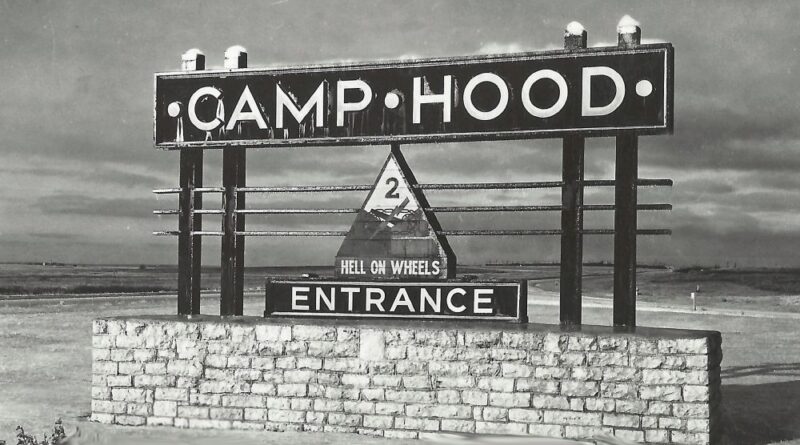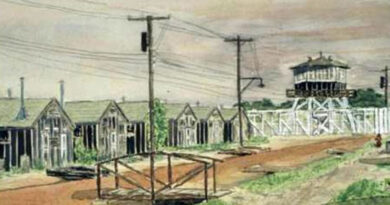Fort Hood’s Big Footprint: Army Installation plays a key role in area’s history
By RHONDA BLACKLOCK | Photo from TEX APPEAL archives
Growing up in Belton, Fort Hood has always had a booming presence in the community, pun intended!
When the house began to shake and rattle, we would hustle to secure the art on the walls and anything valuable on the shelves. It wasn’t an inconvenience, just a part of our lives. When my sister and I became teenagers, my mother forbade us to venture west of Nolanville. It was no place for us girls.
Little did we know, she hoped to protect us from young soldiers stationed at Fort Hood. Not that they were dangerous, but surely, in her fears, we’d be swept off our feet and moved far away from her care. I chuckle now because I didn’t have any care to go too far from my childhood home. Now I am preparing to marry a man who came to Central Texas, from Pennsylvania, by way of the U.S. Army, and my mom LOVES him, but I digress.
I never really gave much thought to Fort Hood. It seemed far away and a foreign land. You pass the main entrance gate, and if you’re not a part of that family, you don’t know what kind of life exists on the other side. With the recent 80th birthday of the base, I paused and pondered its origins and all the men and women who have served our nation right here in Central Texas.
Soon after the bombing of Pearl Harbor on Dec. 7, 1941, and the United States became involved in World War II, it was decided that a tank destroyer and tactical firing center would be established near Killeen.
Ever wonder about the name General Bruce Drive in Temple? The major roadway was named for Gen. Andrew D. Bruce, the first commander of Camp Hood. More than 100,000 acres were quickly acquired by the government for that purpose. Many locals, some willingly, gave up farmland that had been in their families for decades, for the good of the nation. In April 1942, the 893rd Tank Destroyer Battalion arrived, and Camp Hood officially opened on Sept. 18, 1942. Some 100,000 soldiers were trained for the war effort in Central Texas. Some 4,000 German POWs were also held in an internment camp at Camp Hood. Since then, the post has continuously served as an armored training center. The vast area of Fort Hood now spans 218,000 acres, covering parts of southwestern Bell County and southeastern Coryell County.
After World War II, the number of troops decreased drastically, but the temporary training camp was designated a permanent Army installation and officially named Fort Hood in 1950. Since then, Fort Hood has deployed thousands of troops during times of war and has been a training and testing site for new equipment and tactics.
Did you know Elvis Presley was stationed at Fort Hood? He spent eight weeks in basic military training in the 2nd Armored Division. He arrived on March 28, 1958. He and his parents rented a home in Killeen — at 605 Oakhill Drive — that is still visited by his fans.
Other famous folks with ties to Fort Hood include Jackie Robinson, Anna Todd and Robert Griffin III.
To learn more about the history of Fort Hood, which will soon be renamed Fort Cavazos, check out its new museum, the National Mounted Warrior Museum, which is expected to open this summer.
I can’t wait to get over there to find more interesting tidbits about the post’s past and its place in our future.




